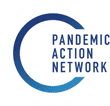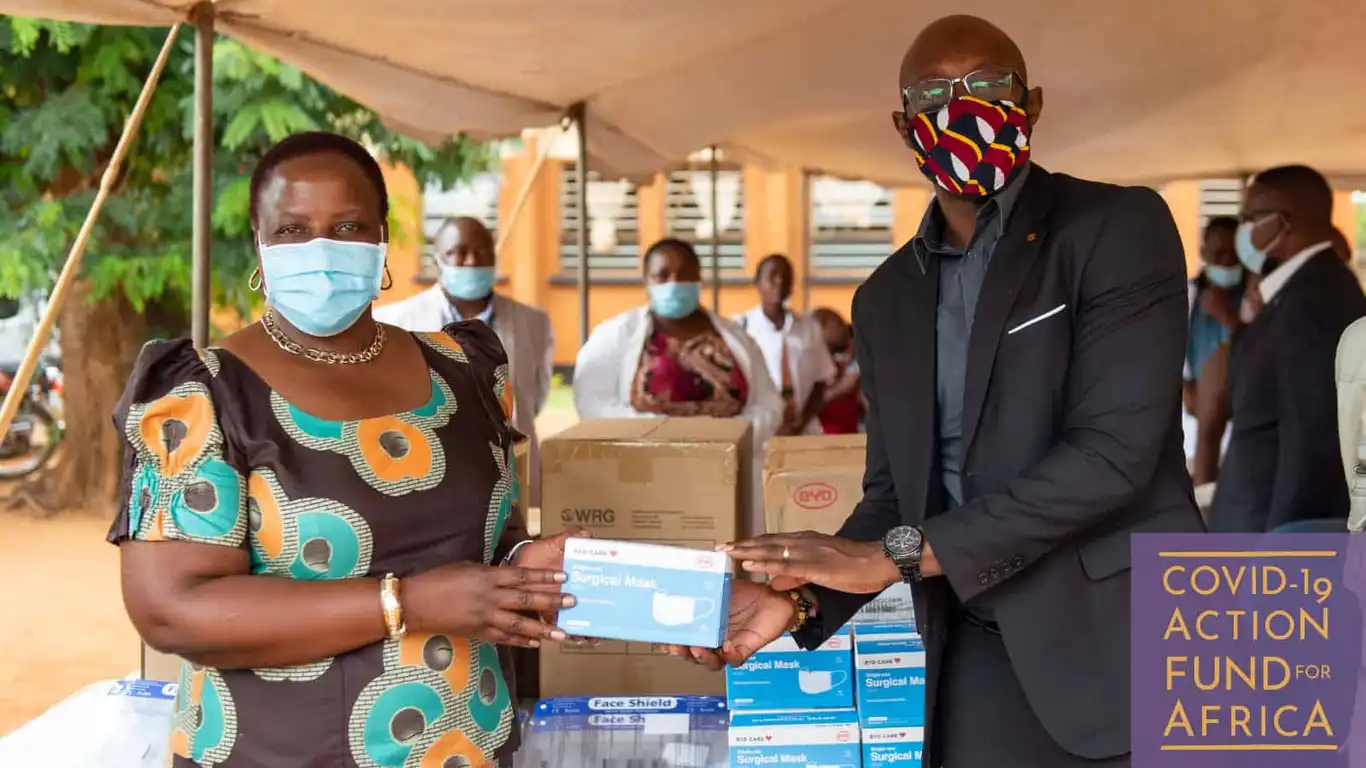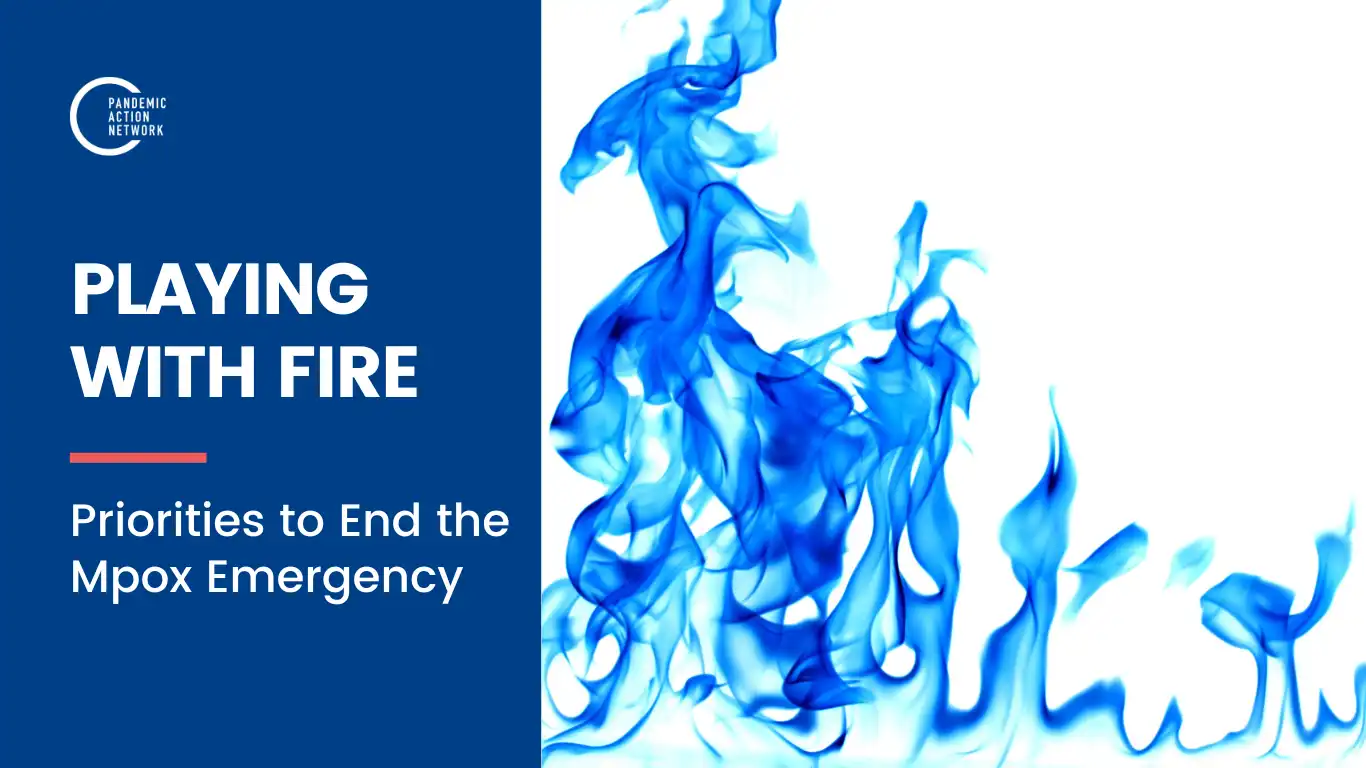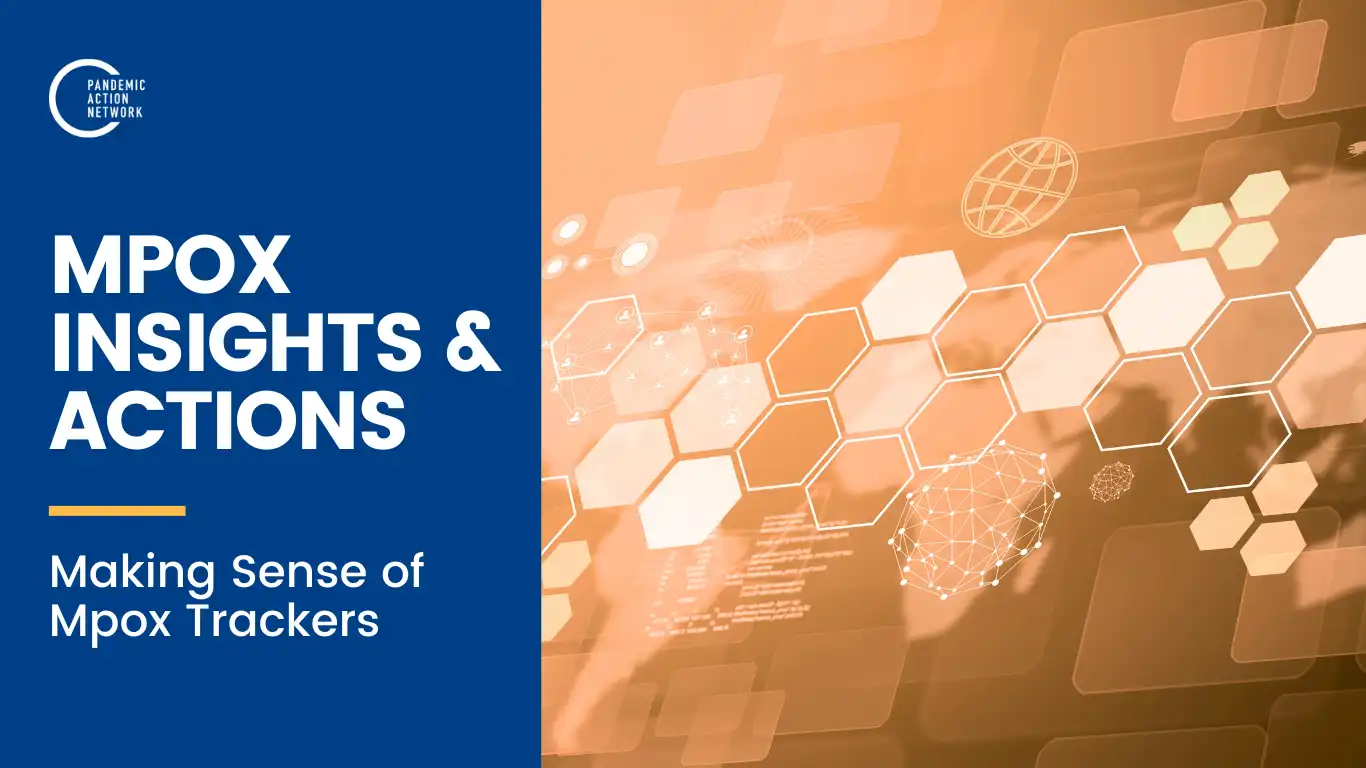BY GABRIELLE FITZGERALD, CEO AND FOUNDER OF PANORAMA & CO-FOUNDER OF PANDEMIC ACTION NETWORK
Over the past year, the COVID-19 Action Fund for Africa distributed 81.6 million units of personal protective equipment (PPE) to almost 500,000 community health workers in 18 countries in sub-Saharan Africa.
The COVID-19 Action Fund for Africa is a radically collaborative initiative that was co-founded by Pandemic Action Network, Community Health Impact Coalition, Direct Relief, Community Health Acceleration Partnership, and VillageReach.
In countries from Angola to Zimbabwe, community health workers (CHWs) are essential links in health service delivery for hundreds of millions of people. Frontline health providers in Africa administer important programs for nutrition, maternal health and malaria, among many others. Without Personal Protective Equipment (PPE) for health workers, these programs would have to be put on hold, increasing the risk for individuals of becoming ill or dying from preventable diseases.
However, they are often the last in line to receive necessary health products and protective equipment, which affects their ability to safely serve their communities. CAF-Africa was designed to be a short-term, stop-gap solution to ensure that community health workers received PPEs to keep them safe while continuing to provide important health services. The role of CAF-Africa was established to raise funding, create a pooled procurement mechanism and ensure last mile delivery.
“All regions are at risk, but none more so than Africa.” — WHO Director General Tedros
I previously wrote about some of the strategies that have been vital to the success of this initiative: we formed a loose partnership, we moved fast and there were no organizational or individual egos. As a result, between August and December 2020, CAF-Africa was the fifth largest procurement mechanism of PPE in the world.
CAF-Africa may have looked like an emergency supplies effort, but it was deeply rooted in a commitment to providing sustainable health services. Enabling CHWs to work safely was core to our goals and CHWs were centered in our approach. As a result, CAF-Africa has also provided critical support towards strengthening health systems for the longer-term.
CAF-Africa’s new report outlines the strategies that led to the impact and recommendations for future preparedness.
Where are we today?
Today, we are eighteen months into the global pandemic. Last week, the World Health Organization’s Director General Tedros said, “All regions are at risk, but none more so than Africa.” And Dr Matshidiso Moeti, the organization’s lead for Africa warned: “Be under no illusions, Africa’s third wave is absolutely not over . . . Many countries are still at peak risk and Africa’s third wave surged up faster and higher than ever before.”
Sadly, the stop-gap measure we put into place a year ago is still needed, and major systemic challenges remain:
- There is still limited visibility into PPE needs at the country and global levels.
- There is no single regional body that quantifies cross-country PPE needs, tracks pipeline, and aggregates needs and gaps.
- The PPE market remains fragmented.
In order to create sustainable solutions, we believe it’s critical to:
- Invest in strengthening the procurement options available to support countries to meet their PPE and other supply needs, during the pandemic and beyond; and
- Continue to explore models to pool the philanthropic dollars going to medicines and supplies for health workers.
In the meantime, there continues to be a need to provide PPE that is specifically earmarked for CHWs at least through 2021, and likely beyond. CAF-Africa continues to act with urgency — our collaborative is working hard to mobilize another round of PPE for seven countries in sub-Saharan Africa.
Contact us to learn how you can join our radically inclusive global effort to protect one million community health workers in Africa during COVID-19 and beyond.
This post originally appeared on Medium.



